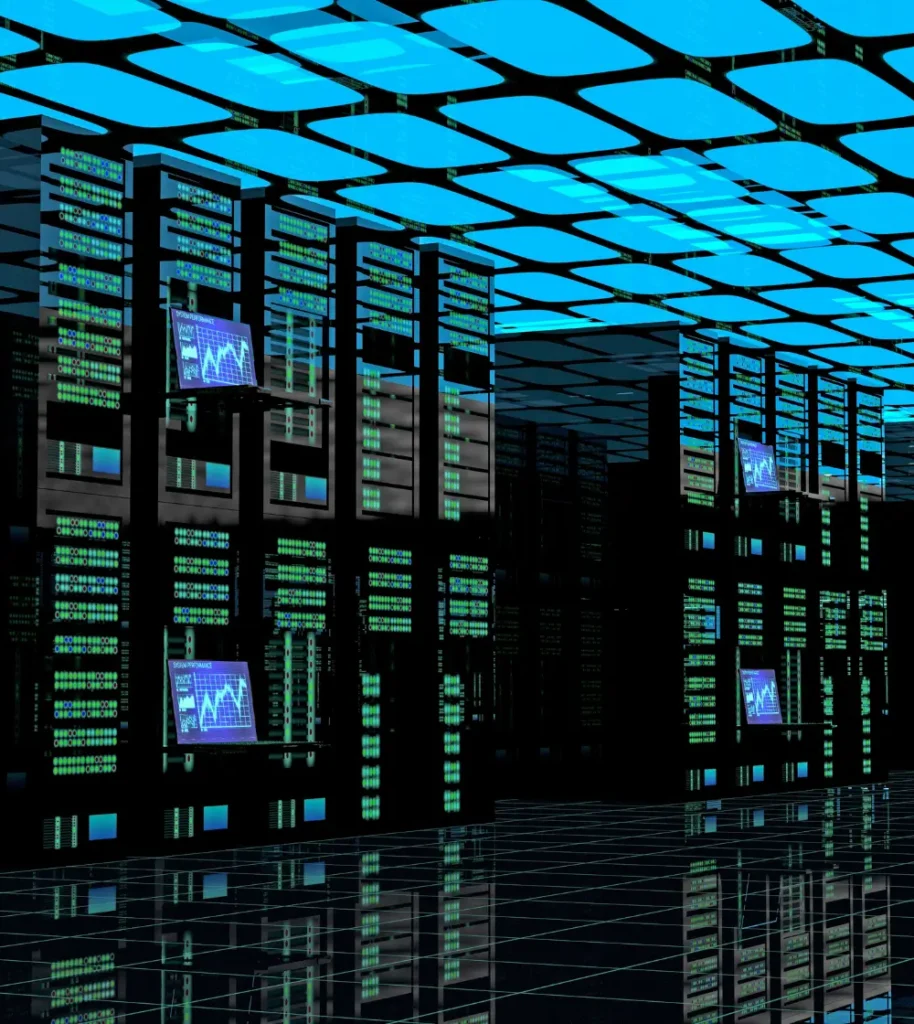- Al Mitsannid – Sharjah (UAE)
- Mon – Fri: 8:00AM – 6:00PM
- support@managetech360.com
Follow Us On:
If you're still debating whether Next-Generation IT Solutions are right for your business, think of them as the next step in your organization's ongoing digital transformation journey.

When your hardware reaches its end of life, a critical decision awaits—should you invest in maintenance or shift towards a refreshed infrastructure? How do you align stakeholders and push for an upgrade when hardware refreshes aren’t always seen as a priority?
Outdated hardware not only increases costs and technical risks but also limits agility. Organizations that delay upgrades often face higher expenses and reduced efficiency.
To stay ahead, businesses must assess their systems, plan for hardware lifecycles, and explore modern alternatives like cloud solutions.
A secure, modern data center is essential for businesses moving toward cloud-based infrastructure. However, rather than managing an in-house facility, partnering with a provider can deliver the connectivity and resources needed for a seamless cloud transition—without the burden of daily management.
Driven by the COVID-19 pandemic, businesses have had to swiftly adjust to evolving work environments, leading to an unprecedented rise in remote workers. To support this shift, organizations must reassess their technology stack, including laptops, conferencing tools, productivity and collaboration platforms, and security measures for personal devices.
Many companies have turned to cloud-based solutions to enhance collaboration. Managed Microsoft 365 enables employees to access their work from any device, while a virtual private network (VPN) ensures secure remote access.


Whether you’re integrating disparate systems after a merger or acquisition or managing system sprawl over time, a hybrid IT environment can streamline consolidation by blending cloud and on-premises solutions.
Regardless of your specific needs, adopting a hybrid cloud approach can drive innovation and strengthen your organization’s long-term resilience, ensuring your systems and business remain sustainable for years to come.
Even if your team has the capability to transition to an off-premises environment, it may not be the best use of their time. You’ll still need personnel available to maintain ongoing operations.
Assess your team’s strengths and limitations, and bring in external expertise to bridge the gaps. This can be particularly valuable when planning and executing a cloud migration.
Additionally, modernization efforts should go beyond migration—consider strategies for updating legacy systems and applications to ensure long-term efficiency and innovation.
